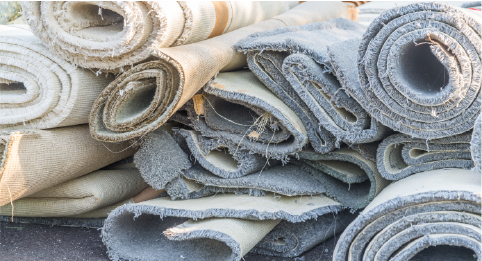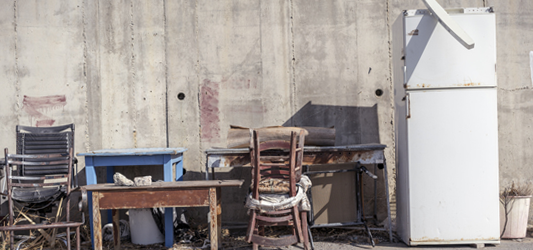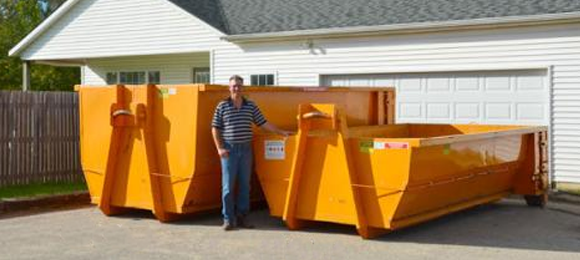
Updated August 2, 2021
Building a home typically requires a lot of materials—wood, roofing, windows, doors, hinges, cabinets, flooring, electrical, plumbing, fixtures, and more.
Some estimates state that a 1,500 sq ft home requires about 24 medium-sized trees, or 100 smaller diameter trees, to build it.
That’s quite a bit of material, and that’s just the wood.

There are roughly 489,000 single-family homes built in a single month in the U.S., according to the U.S. Census.
Obviously, it takes quite a bit of lumber and other building materials to construct these homes, making their impact on the environment quite significant.
A Texas-based building company called Tiny Texas Houses constructs tiny homes made from up to 99% salvaged building materials to reduce this impact.
One of the most unique aspects of these homes is their size.

As the name of the company implies, these homes are quite small, measuring in at as small as 200 sq ft, but also very livable.
The size makes them very mobile; the company actually delivers your home straight to your land plot fully constructed.
Each one of these custom-built homes is one-of-a-kind so nobody else will own the exact model you have.
And the demand for these unique homes is high. In fact, the company was maxed out with orders in 2012. It takes about 3 to 6 months to complete each custom home.
There are likely enough building materials sitting on the ground to build much of the next generation of housing.
These tiny homes abide by all current electrical and plumbing codes, and they feature all of the modern conveniences most homes have, just on a smaller scale.
Buyers are using these homes to downsize their main home, or as outbuildings that serve as guest houses, studios, home gyms, and more.
Salvaged lumber costs more than buying new lumber, but that's due to the character and natural beauty of aged wood.
The price of each home varies because each home is unique, but they start at around $32,000.
Building with salvaged materials not only produces unsurpassed results, but it’s also the most eco-friendly way to build.
It reduces the number of trees cut down for lumber, and it cuts down on the amount of reusable waste entering landfills.
Learn more:


